 |
| October 14, 2020 |
Dear Reader,
For many of us, it's hard to remember a time when what happened online was not so world-shattering. How did we end up in our current situation, where lies travel farther and faster than the truth on social media? Social scientist Joan Donavan explores how the internet's history is connected to today's disinformation campaigns. In physics news, scientists have created a mystery material that seems to conduct electricity without any resistance at temperatures of up to about 15 °C—a new record for superconductivity. And lastly, our main story covers what voters should do to help prevent the spread of COVID-19 at polling places. |
| | Sunya Bhutta, Senior Editor, Audience Engagement
@sunyaaa | |
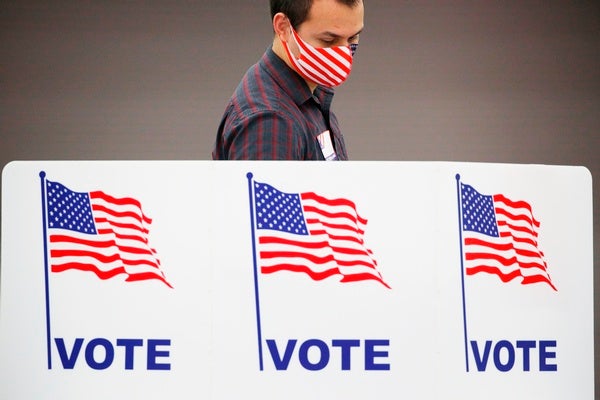 |
| Public Health How to Avoid COVID while Voting Epidemiologists offer tips for U.S. voters and poll workers to limit their chances of getting infected By Jim Daley | |
| |
| |
| |
| |
| |
| |
| Arts & Culture Galileo and the Science Deniers Four hundred years ago Galileo Galilei's scientific findings were rejected because they didn't fit the prevailing beliefs of the time. His story is disturbingly relevant today. Astrophysicist and author Mario Livio and Scientific American editor Clara Moskowitz to discusses lessons from Galileo's life for dealing with science deniers now, plus a historical detective story about Galileo's famous motto, "And yet it moves." |  | By Mario Livio,Clara Moskowitz | | | |
FROM THE STORE
 | | | |
| |
FROM THE ARCHIVE
 | | | |
| |
LATEST ISSUES
 |
| |
| Questions? Comments?  | |
| Download the Scientific American App |
| |
| |



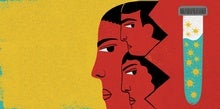
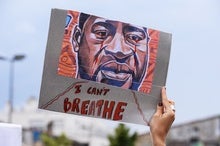
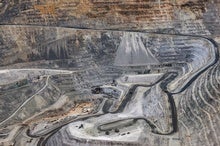

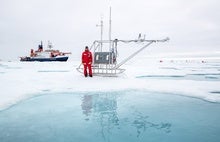
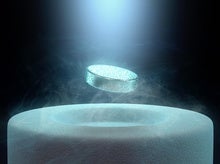
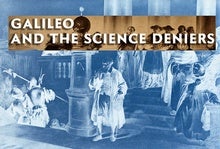
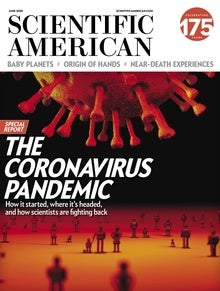

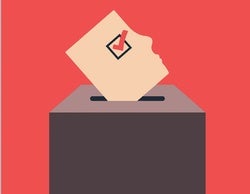
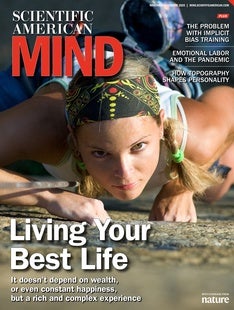

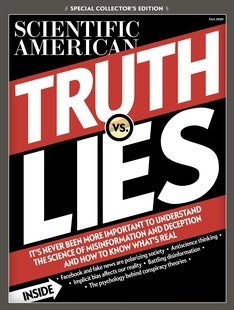
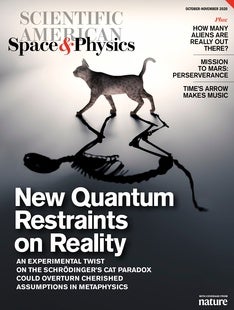
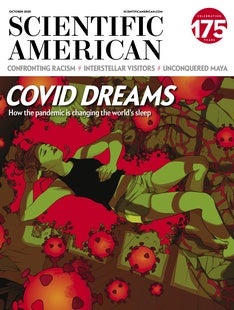



Comments
Post a Comment